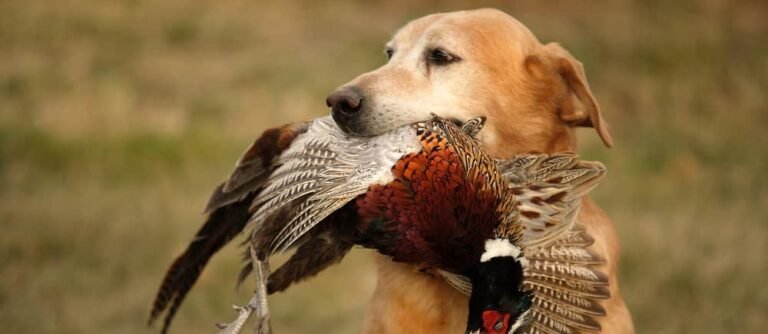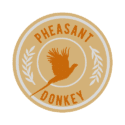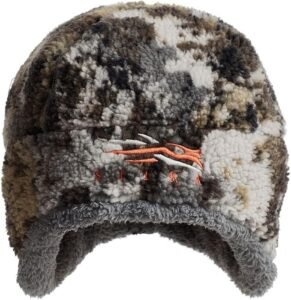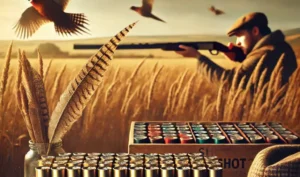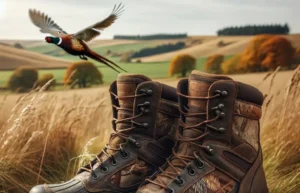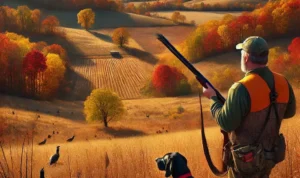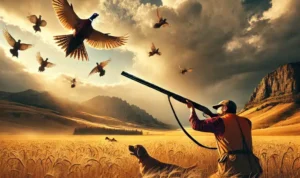Welcome to Pheasant Donkey!
Pheasant hunting is a tradition that combines skill, patience, and the incredible abilities of hunting dogs. These dogs, specifically trained for bird hunting, play a crucial role in tracking, flushing, and retrieving pheasants.
Each breed brings unique strengths to the hunt, whether it’s the keen nose of a Pointer, the steadfast retrieval skills of a Labrador Retriever, or the versatile hunting capabilities of a German Shorthaired Pointer. Their agility, endurance, and deep bond with their handlers make pheasant hunting dogs not just companions, but invaluable partners in the field.
Pheasant Hunting Technology: 10 Powerful Tech Gadgets
Imagine pinpointing your dog’s location from a mile away or knowing exactly where that pheasant flushed last season. Welcome to pheasant hunting technology, where we review the high-tech future of pheasant hunting.
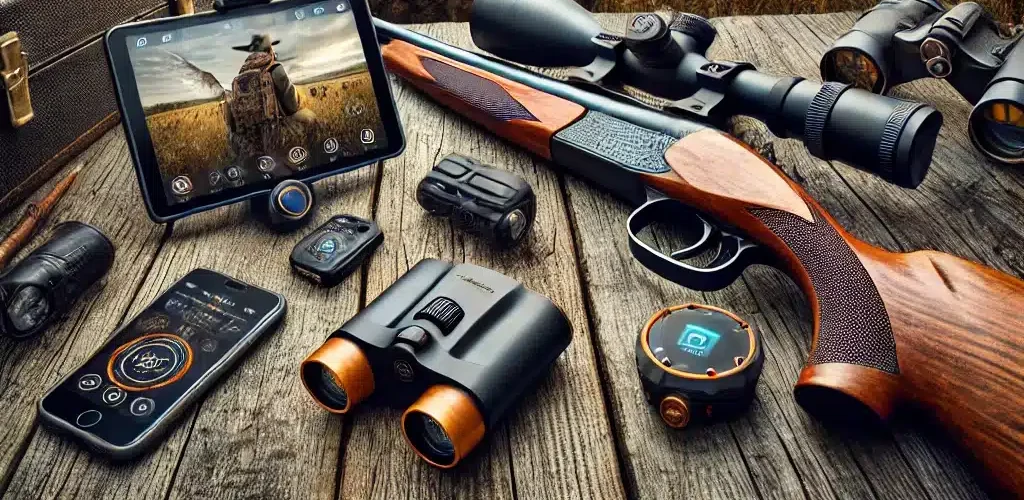
The Thrill of the Hunt: A Guide to Pheasant Hunting
Pheasant hunting is a popular pastime for outdoor enthusiasts. It offers a unique blend of challenge, excitement, and appreciation for nature. Whether you’re an experienced hunter or a curious novice, understanding the basics of pheasant hunting can open up a world of adventure and fulfillment.
Habitat and Habits
Pheasants are native to Asia but have been successfully introduced to various parts of the world, including North America and Europe. Their preferred habitat is grasslands, meadows, and agricultural fields, where they find ample food and cover. Pheasants are typically found in groups called coveys, ranging in size from a few birds to over a dozen. They are most active in the early morning and late afternoon, making these times prime for hunting.
Equipment and Gear
Proper equipment and gear are essential for a successful pheasant hunting expedition. A shotgun is the standard firearm for pheasant hunting, with 12-gauge and 20-gauge being the most common choices. Hunters also need appropriate ammunition, such as #6 or #7 shot.
In addition to the firearm, essential gear includes:
- Hunting attire: Camouflage clothing is crucial to blend in with the surroundings and avoid spooking the birds.
- Hunting boots: Sturdy boots provide comfort, traction, and protection while navigating various terrains.
- Hunting vest: A hunting vest offers ample space for ammunition, accessories, and harvested birds.
- Hunting dog: Well-trained hunting dogs, such as pointers and setters, are invaluable for locating and flushing out pheasants.
Hunting Techniques
Pheasant hunting typically involves walking through fields and woodlands, carefully scanning the ground for signs of pheasants. When a pheasant is spotted or flushed out by a dog, the hunter aims and shoots quickly.
Several techniques can enhance the pheasant hunting experience:
- Walking with a dog: Trained dogs are experts at locating and flushing out pheasants, increasing the hunter’s chances of success.
- Beating the brush: Driving through fields or beating the brush can cause pheasants to take flight, creating opportunities for hunters.
- Using decoys: Placing decoy pheasants in strategic locations can attract real birds, providing more targets for hunters.
Safety Precautions
Safety is paramount in any hunting activity. Pheasant hunters should always:
- Handle firearms responsibly: Always treat every firearm as loaded, and follow the four basic gun safety rules.
- Wear bright orange clothing: During hunting season, bright orange makes hunters visible to others, reducing the risk of accidents.
- Be aware of your surroundings: To avoid accidents, always be aware of other hunters, potential hazards, and the direction of your shots.
